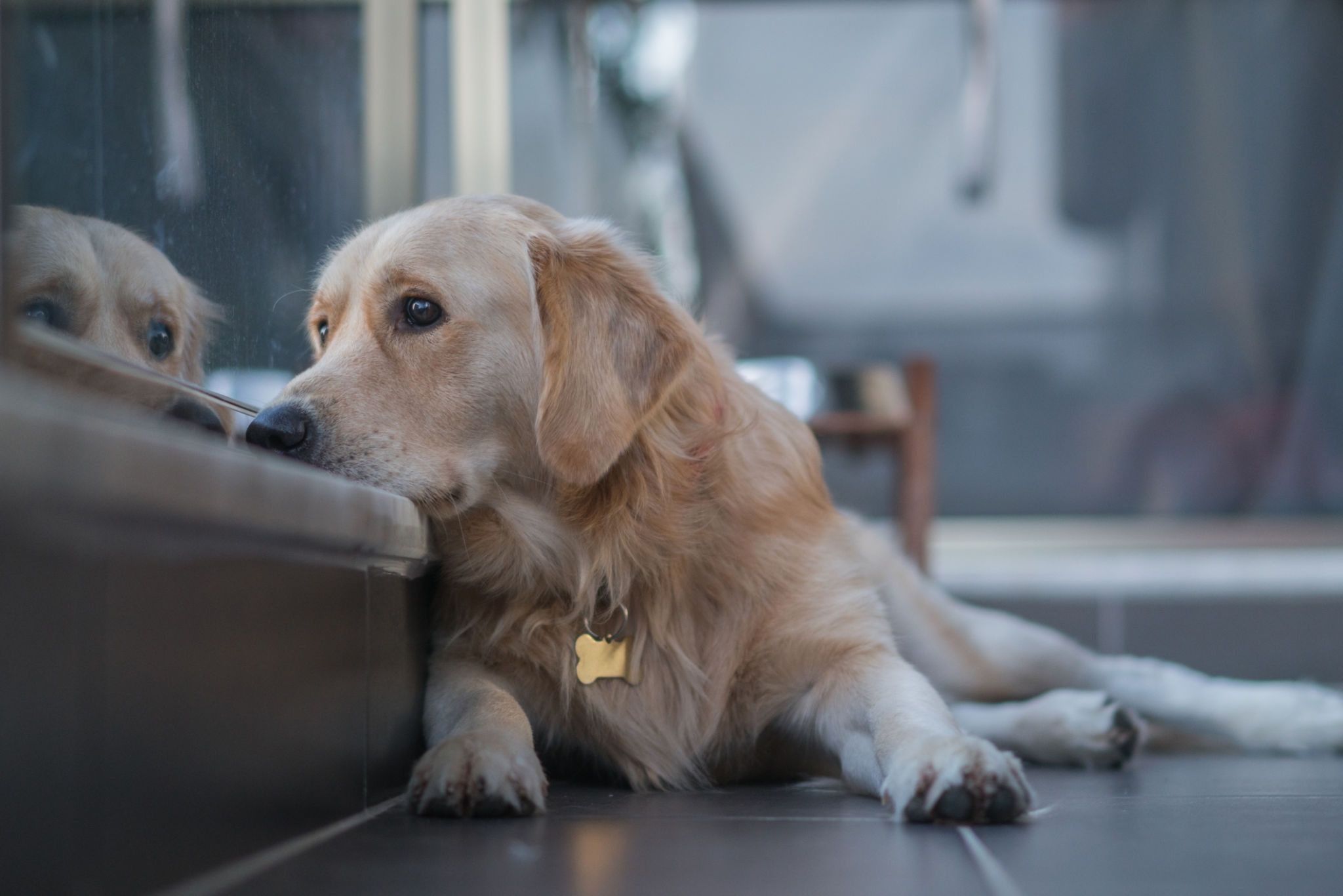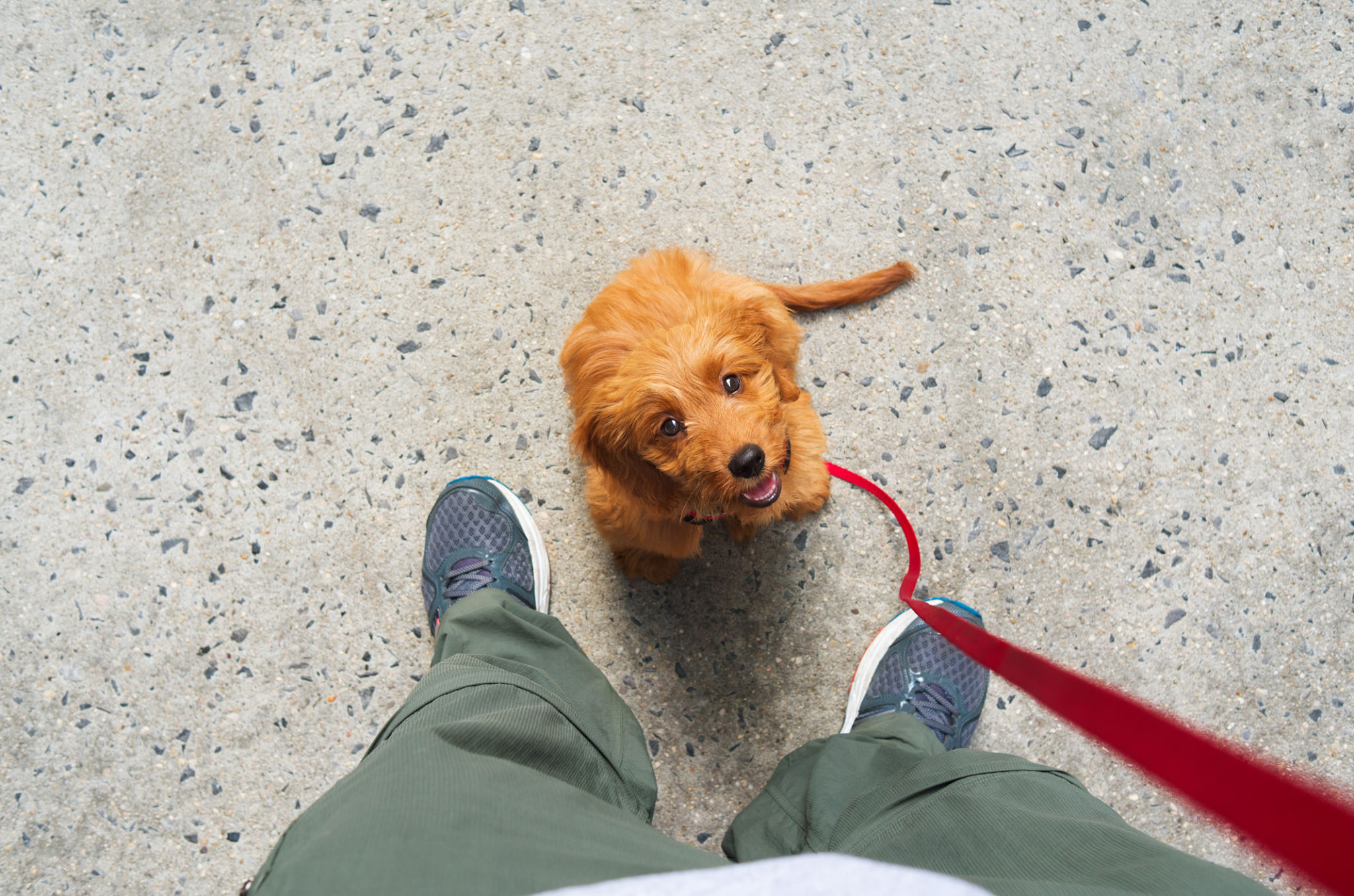5 Common Dog Walking Mistakes and How to Avoid Them
Introduction
Walking your dog is a great way to bond, provide exercise, and ensure your furry friend remains healthy and happy. However, even the most experienced dog owners can make mistakes during these outings. By being aware of common pitfalls, you can enhance the experience for both you and your pet.
Not Using the Right Equipment
One of the most frequent mistakes is not using the appropriate equipment for your dog's specific needs. Every dog is different; what works for one might not work for another. A poorly fitted collar or harness can cause discomfort or even injury.
- Collars: Should fit snugly but not too tight. You should be able to fit two fingers between the collar and your dog’s neck.
- Harnesses: Great for dogs that pull, but ensure it doesn't chafe or restrict movement.

Ignoring Weather Conditions
Dogs are sensitive to extreme weather conditions, just like humans. Walking your dog during peak heat can lead to overheating, while cold conditions may cause discomfort or even hypothermia in some breeds.
- Hot Weather: Walk during cooler times of the day, like early morning or late evening.
- Cold Weather: Consider dog booties or a coat for breeds with short fur.
Lack of Consistent Training
A common mistake is neglecting the importance of consistent training. Proper walking manners don't come naturally to all dogs and require regular practice.
Invest time in teaching your dog commands like "heel," "sit," and "stay." Consistency is key, and rewarding good behavior with treats or praise can accelerate learning.
Overlooking Safety Precautions
Safety should always be a top priority when walking your dog. This includes being vigilant about traffic, other dogs, and potential hazards in the environment.
- Traffic Awareness: Always keep your dog on a leash near roads and teach them to sit at crossings.
- Aggressive Dogs: Be cautious and maintain distance from unfamiliar dogs that show signs of aggression.

Inconsistent Walking Routines
Lack of a consistent walking routine can confuse your dog and lead to behavioral issues. Dogs thrive on routine and predictability.
Aim to walk your dog at roughly the same times each day. This helps establish a routine, making walks more enjoyable as your dog knows what to expect.
Conclusion
Avoiding these common dog walking mistakes can make a world of difference in your daily outings. By using the right equipment, being mindful of the weather, maintaining proper training, ensuring safety, and sticking to a routine, you’ll ensure that both you and your dog have an enjoyable experience every time you step out together.
